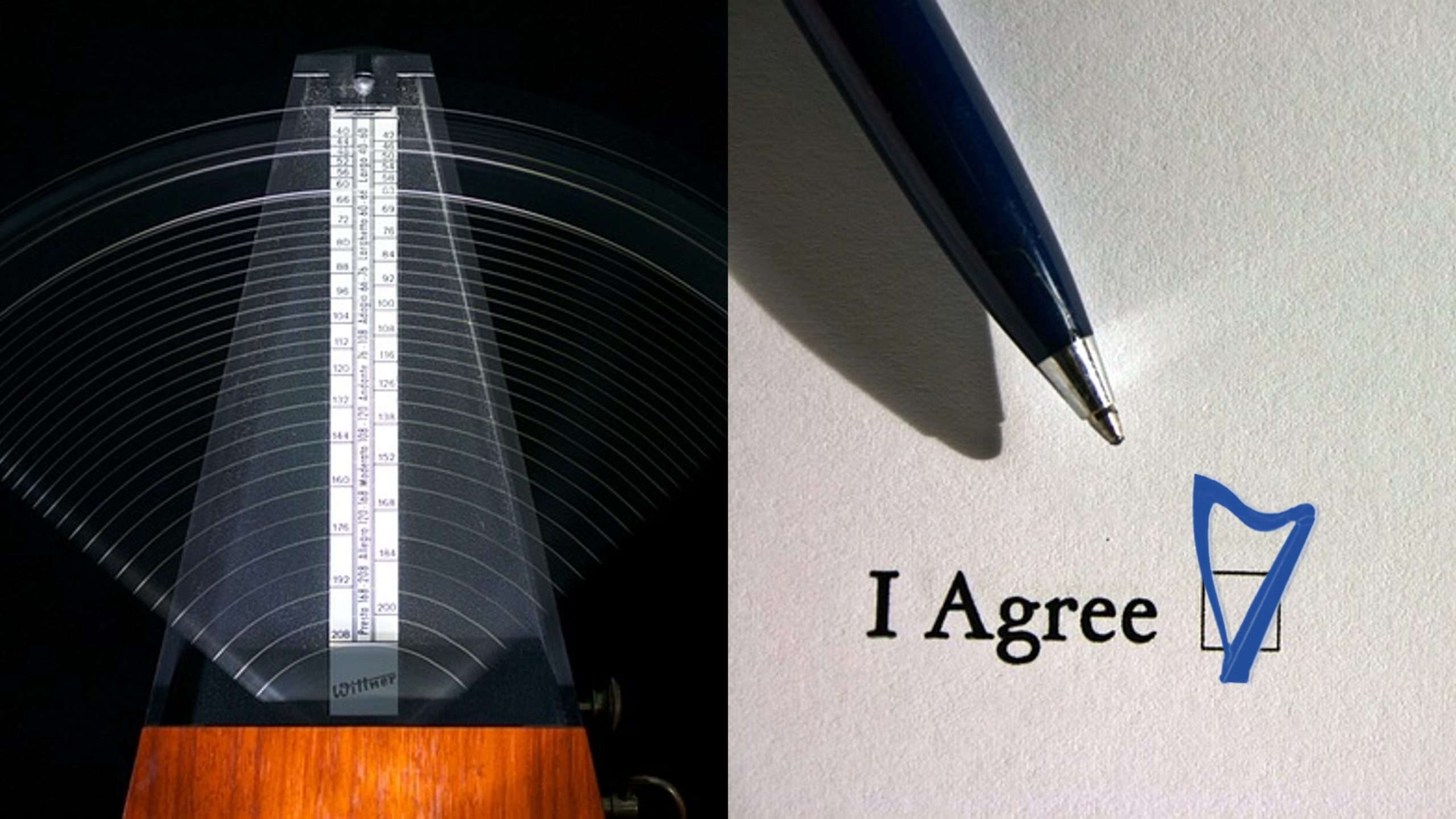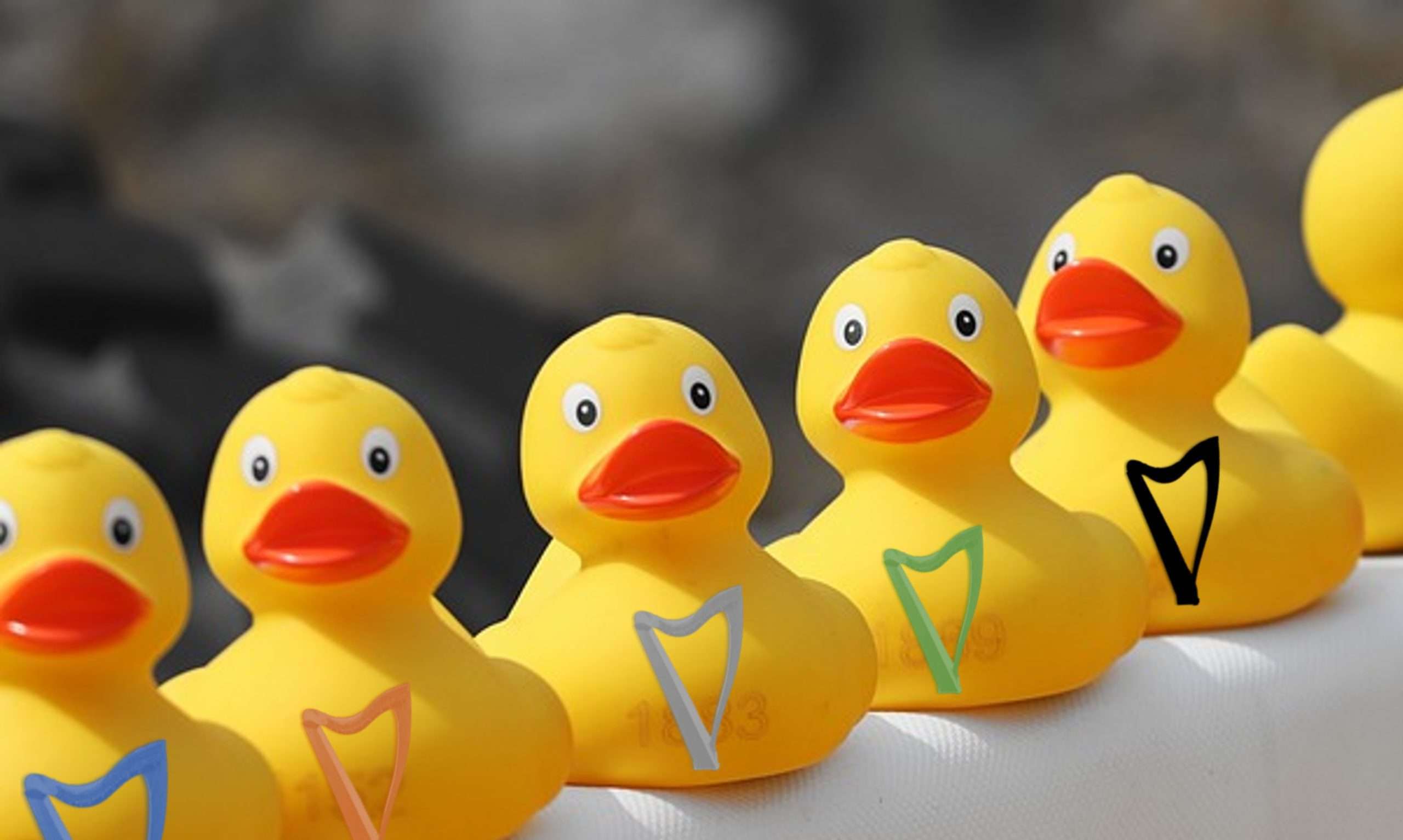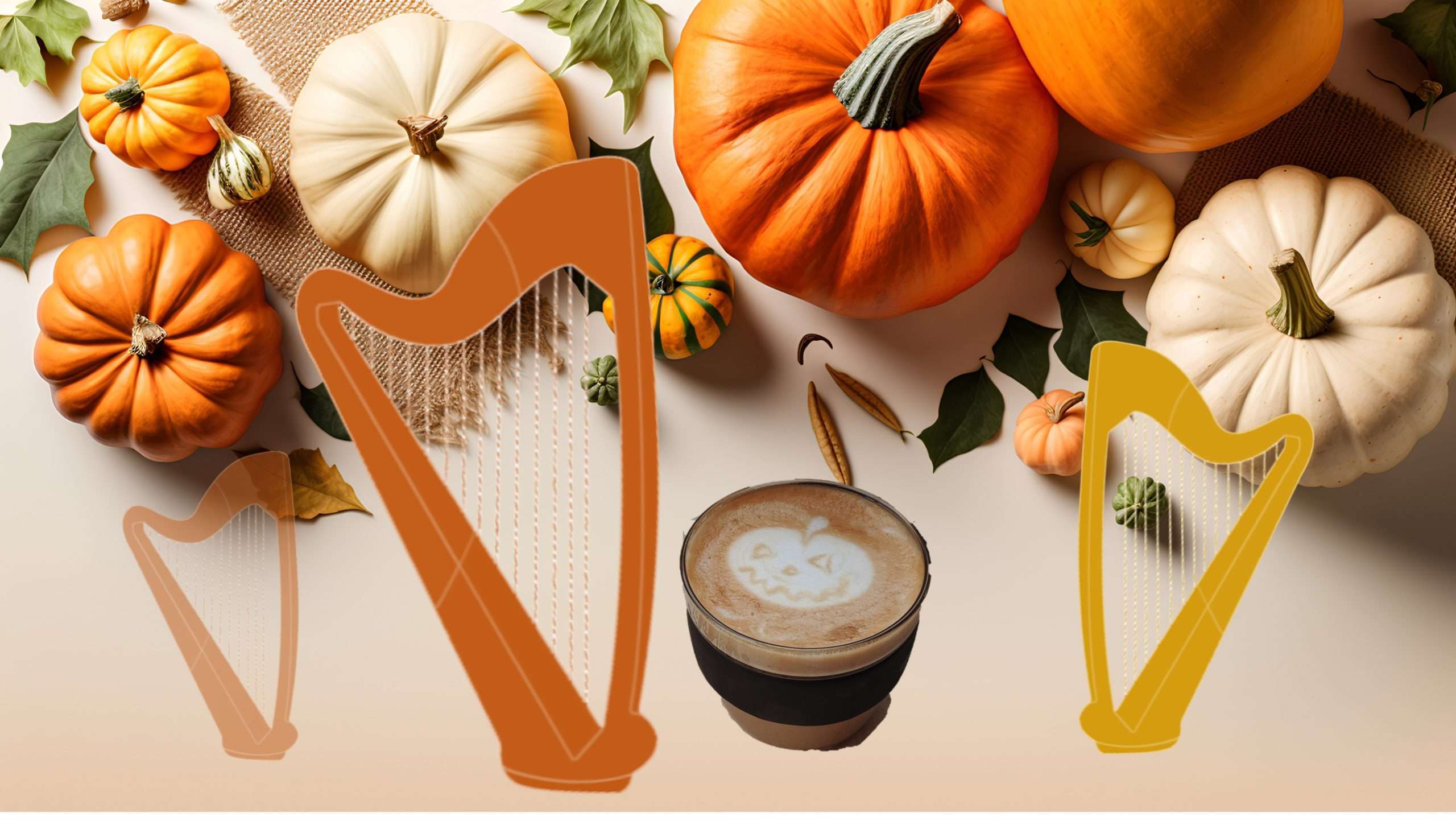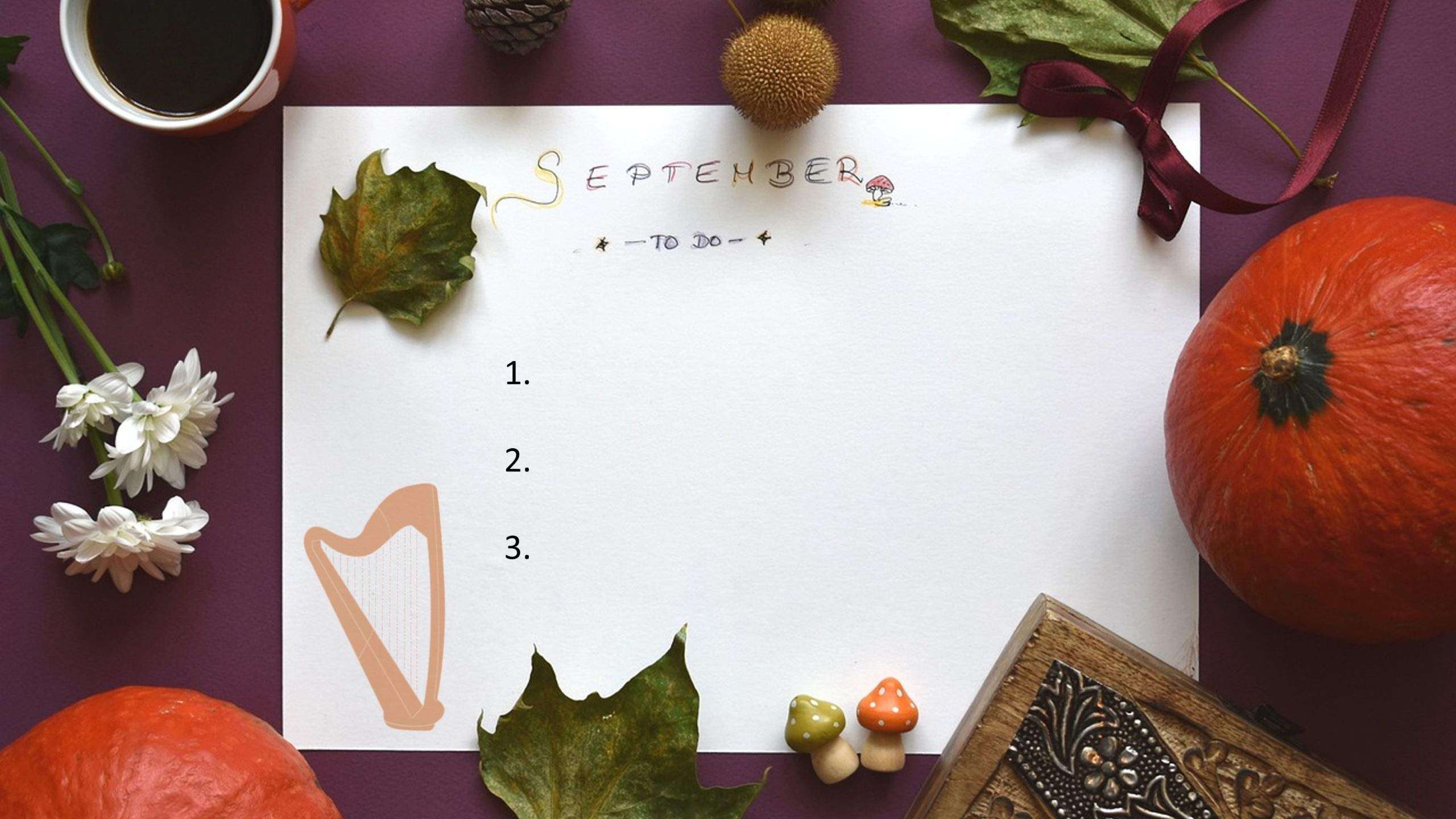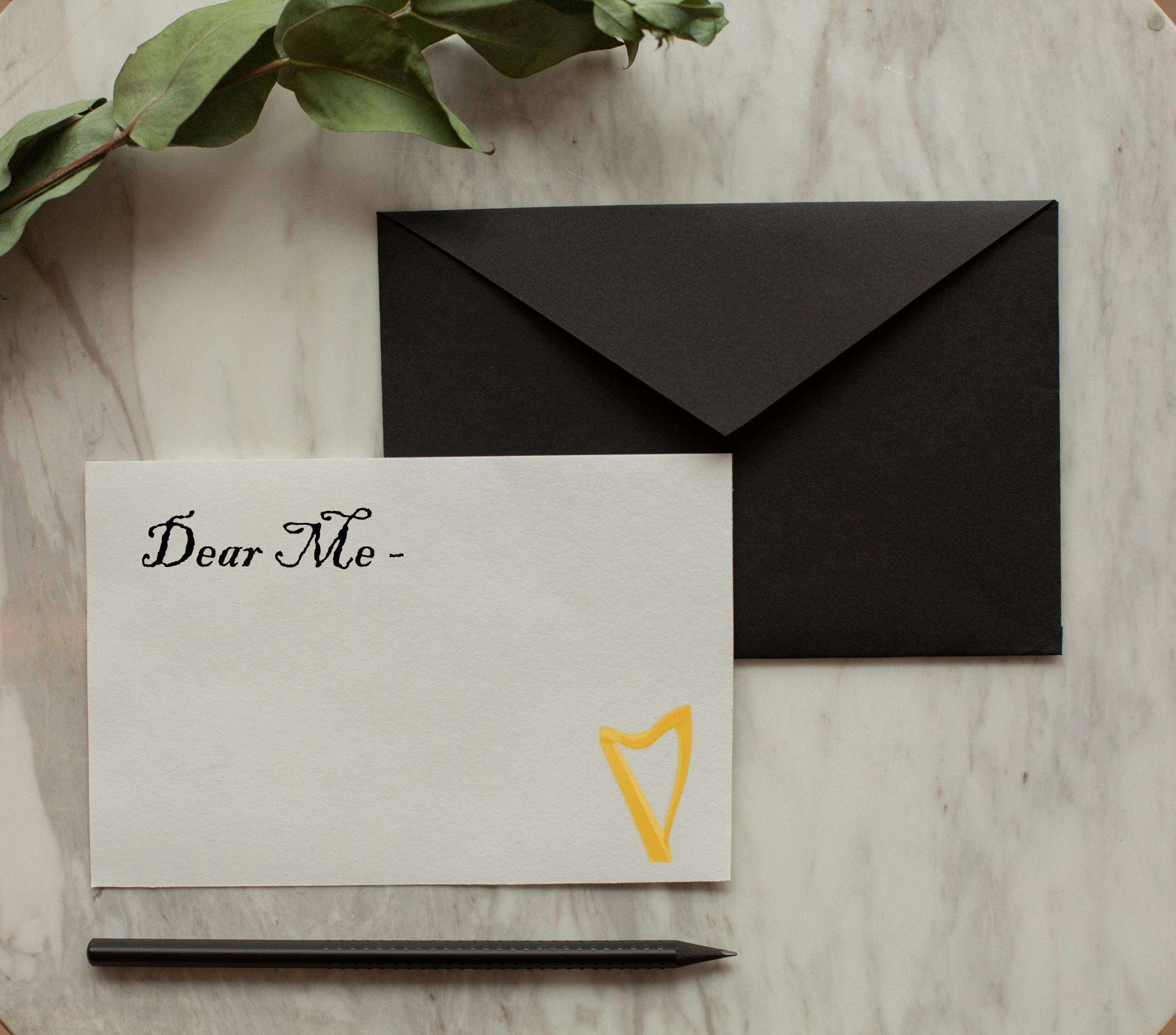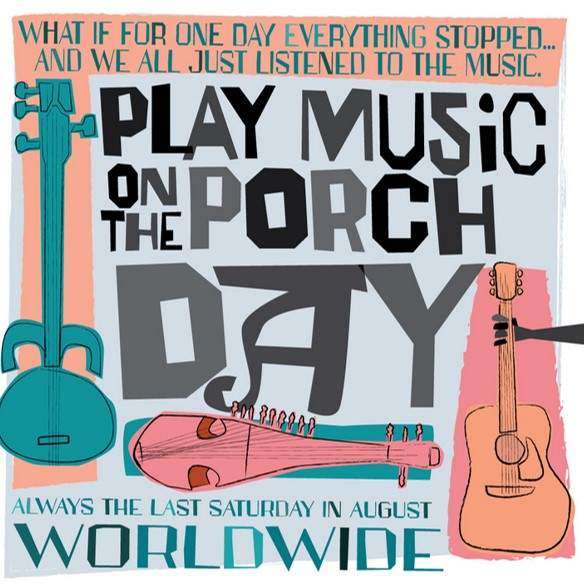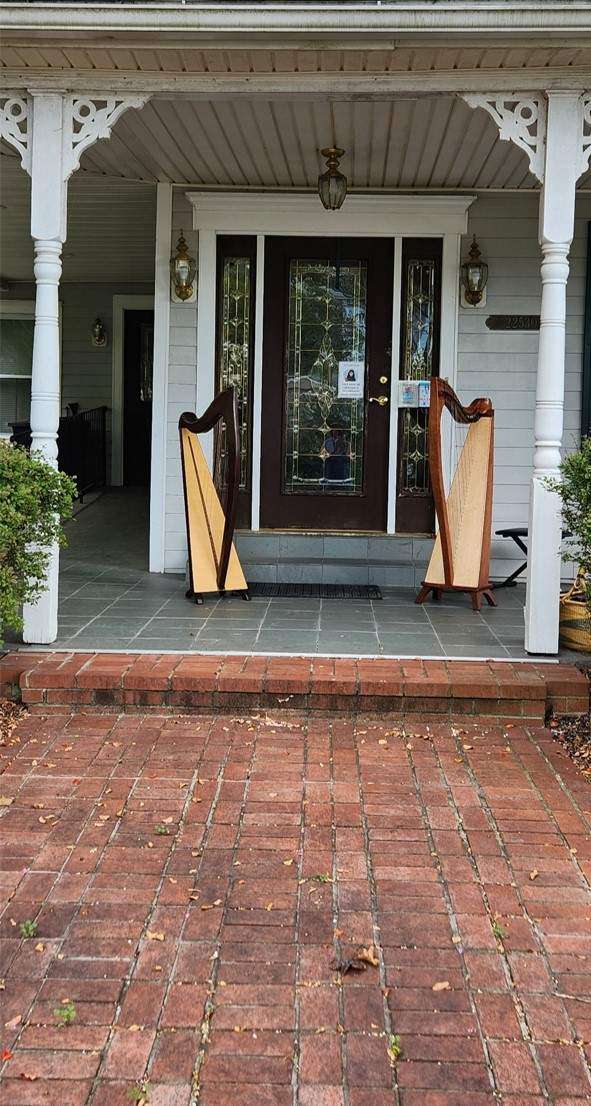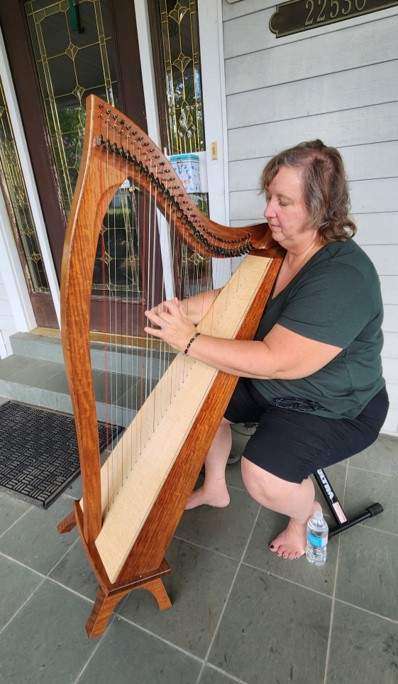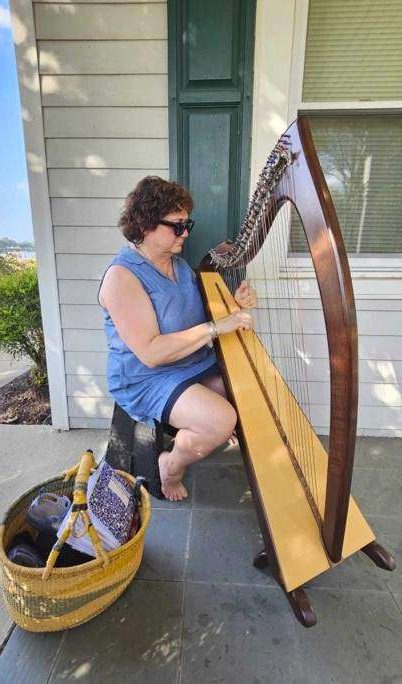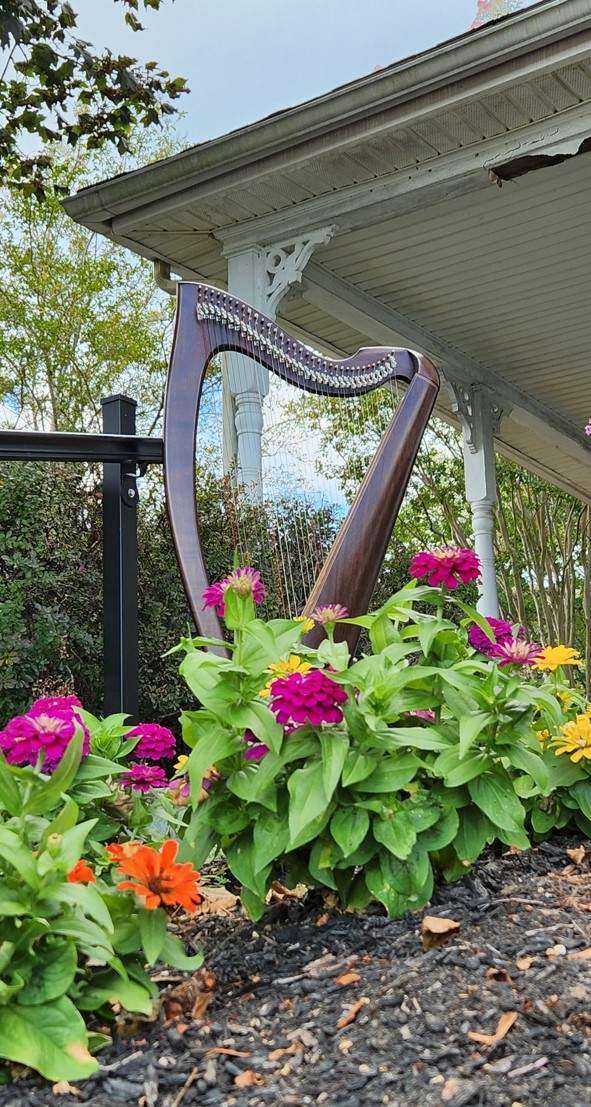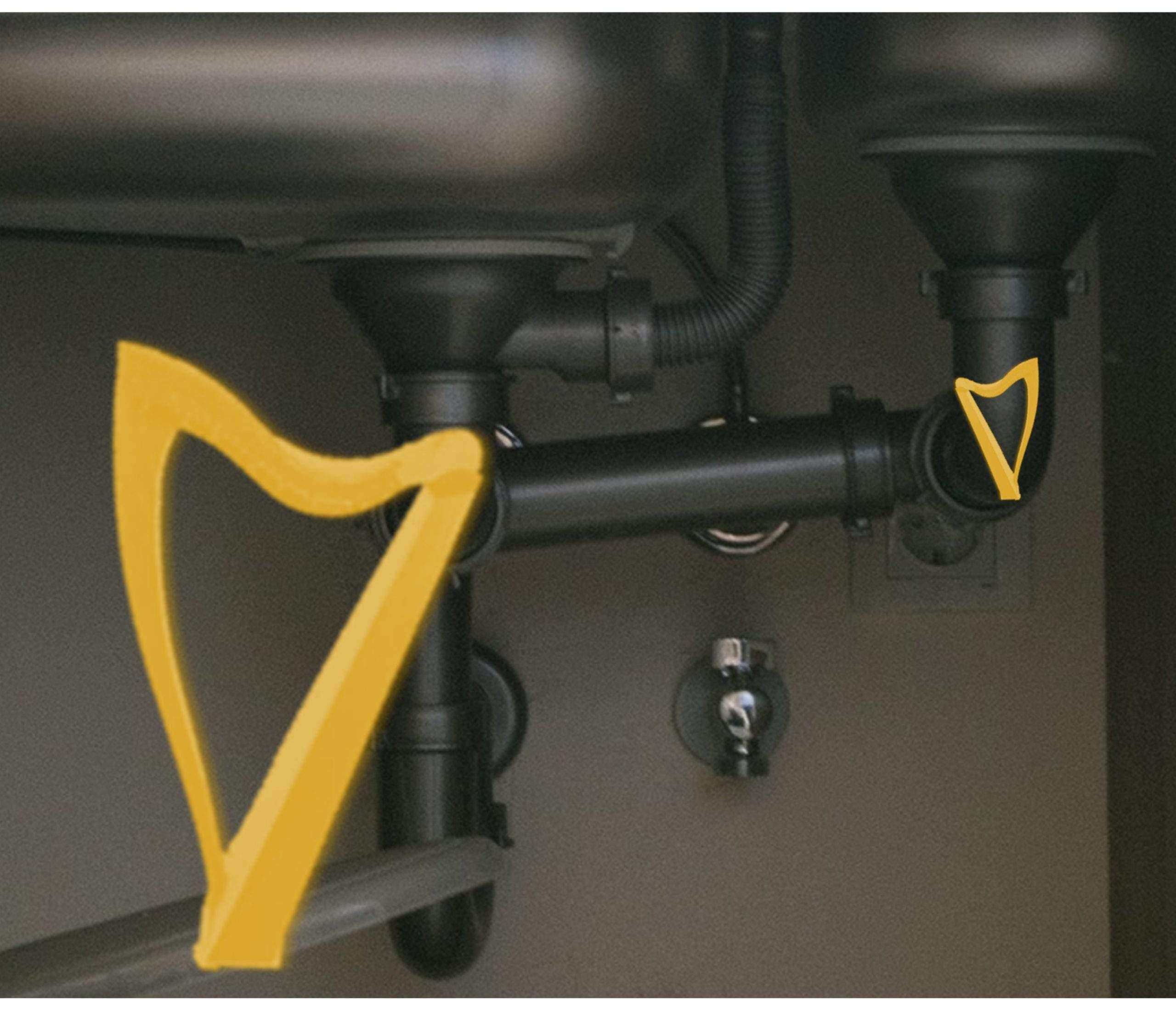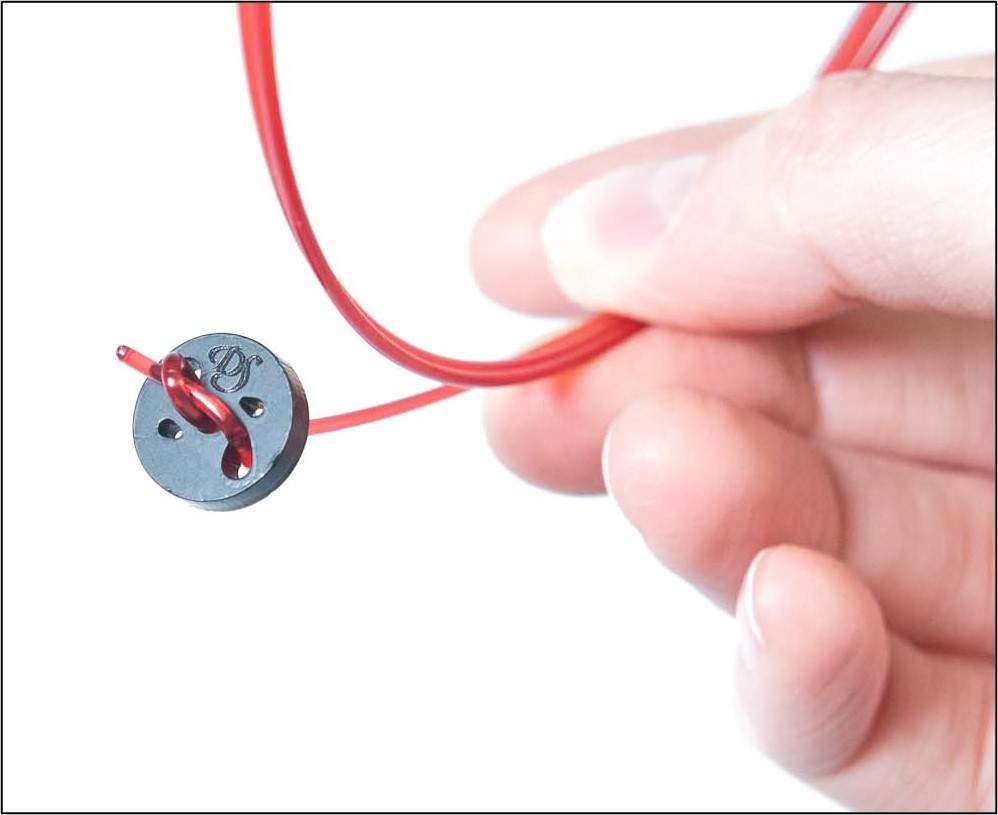Join Celtic Journeys in 2024
We have visited Scotland on the Harp the Highlands and Islands trips since 2010, so I was understandably sad when my dear friend David shared that he was ready to move along, fully retire, and enjoy more time with his lovely wife, Heather. They both had done so much to share their country with harpers and harp appreciators that I couldn’t even imagine that I would be able to continue sharing the music of my favorite place on earth with other harpers (and their fans)!
But, honestly, I didn’t want to be done, and I didn’t have a solution, which made me sad. Curiously, life in my world is always interesting, and another opportunity sprang up.
 It’s a wonderful alignment with a travel company that specializes in small group travel experiences – much like what David had crafted. I am so excited to join with Babcia and Yiayia who get what I wanted to share with you! I think you’ll enjoy the B&Y approach too!
It’s a wonderful alignment with a travel company that specializes in small group travel experiences – much like what David had crafted. I am so excited to join with Babcia and Yiayia who get what I wanted to share with you! I think you’ll enjoy the B&Y approach too!
The focus is on creating a thoughtfully curated package of experiences that includes site seeing, interacting with people, and enjoying history, culture, food, and events, as well as incorporating a harp events where you learn and grow! As before, the harp will be there for you (no schleping your own!). And we know that not everyone necessarily plays the harp so harp appreciators are welcome to join us! Play another small trad instrument? Also welcome!

Over the years, you had said that you’d like to see Ireland as well as Scotland and I heard you! This year we have a completely new itinerary – on this trip we will travel for nearly two weeks, starting in Ireland and ending in Scotland! The 13 day/12 night trip will include highlights of the north of Ireland and Northern Ireland with stops in Galway, Connemara, Antrim, and Belfast to see hawks, sheepdogs, giants, and glorious scenery. Then we’ll travel to Scotland to see the sites of Glasgow and Edinburgh including the Royal Mile and the Edinburgh Tattoo!
The trip will be 29 July – 10 August and there are details here on the trip page. If you have questions, ask away! I am looking forward to seeing all these fantastic things with you!

